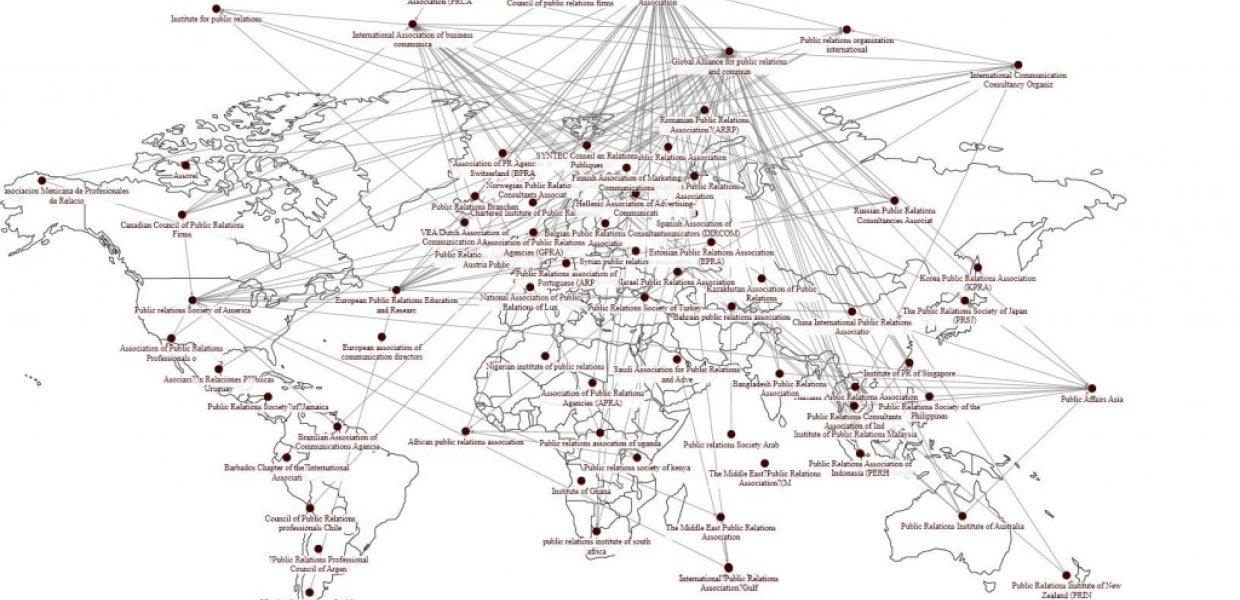Editor’s note: USC Annenberg doctoral student Mina Park blogs about the research and discoveries made by the school’s faculty. This is the second post in the “Discoveries” series. See the first post here.
By Mina Park
Interviewee: Professor Aimei Yang, Ph.D., School of Journalism: In order to succeed, organizations use various marketing tools including advertising and persuasive campaigns.
Marketing tools are not enough, however, when you think about how organizations work. For example, NGOs (non-governmental organizations) need to have a good relationship with potential alliances, donors, and members because they are engaged with a wide range of activities and they need budgets to operate. Thus, building a relationship is very important for organizations to achieve their goals and this is what public relations (PR) practitioners do. PR practitioners work for corporations, non-profit organizations, or small businesses to help them to build a relationship by promoting their image and dealing with crisis. Professor Aimei Yang (aimei.yang@usc.edu) is doing research about public relations, especially focusing on international public relations associations. A PR association is a type of professional association that provides guidance for PR practitioners. For example, they identify ethical guidelines and develop certification exams. Thus, PR associations can be very powerful in terms of shaping the development of the PR outlook. Professor Yang is trying to explore how the big PR industry is connected internationally. According to Dr. Yang, many existing PR theories assume that the United States PR association (e.g. Public Relations Association of America (PRSA)) is the most dominant and powerful among international PR associations because PR was developed in the United States. Although these theories have never been tested, most PR practitioners act as if this is the case. What Yang actually found was different, however.
Yang and her colleagues identified a set of international PR associations and forty different local associations (country-level associations) to analyze their actual network. The analysis showed that European associations were much more active in terms of building relationships and participating in international meetings than US associations were. Figure 1 shows that European associations have more partners and more interconnections. Also, they were more likely to become members of international associations. On the other hand, US associations do not appear to initiate new relationships, although they have a couple of ties to other associations. Yang’s study thus indicates empirical study shows that the US association is not a central figure in PR organizational networks worldwide. The other research Yang focuses on is the influence of cultural differences on PR associations’ network structure. Since international PR associations help local associations to be collaborative, gain legitimacy and win support, local associations want to have a connection with international associations. Based on this, most PR practitioners believed that local associations were directly connected to international associations. However, Dr. Yang found that regional institutions play a mediating role between the core international associations and each local association. For example, there is one regional institution called ‘Public Affairs Asia’ and most Asian PR associations have built a connection with Public Affairs Asia, which itself is a member of a many other international associations.
According to Yang, one of the main reasons for this mediated network could be cultural differences. National associations find their ‘friends’ within more regional level institutions, rather than either isolating themselves or directly jumping into the big international community. By doing this, local associations effect a certain level of international outreach while maintaining comfort within a common cultural community.

